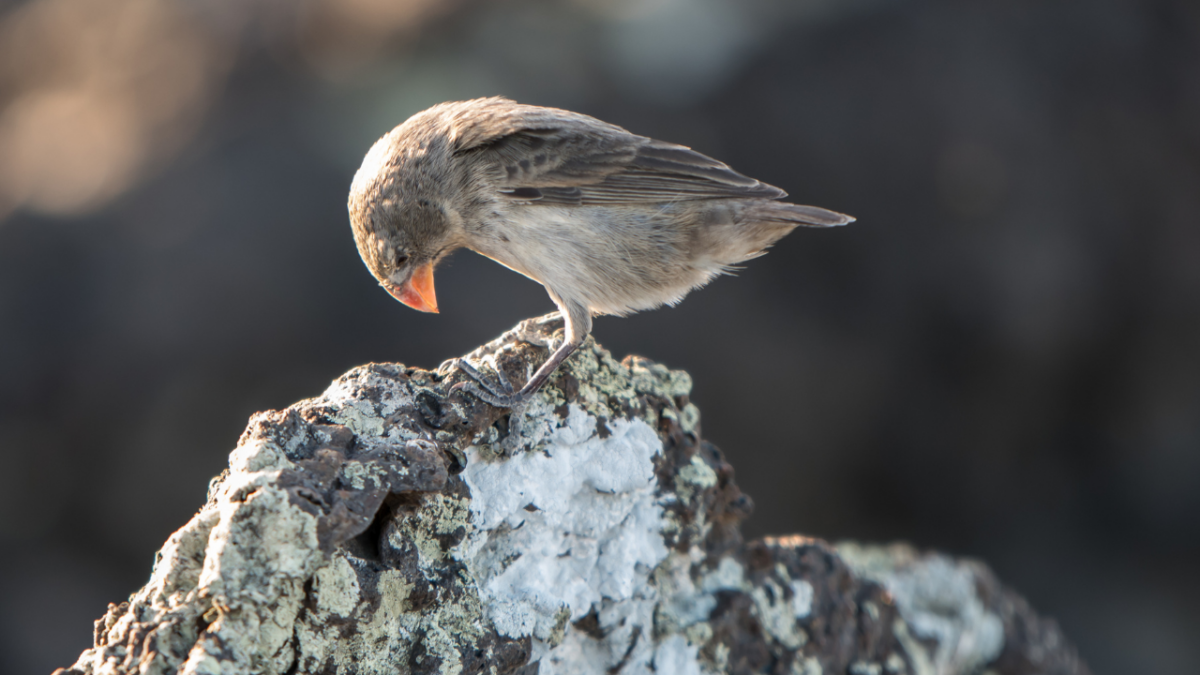
Three billion birds gone: Why America’s skies are emptying
Birds serve as critical indicators of environmental health, and their steep decline signals widespread ecological disruption, according to experts.
North America has lost three billion breeding adult birds since 1970 — a staggering decline that signals an acute ecological crisis.
“You look at grassland birds, you look at forest birds, dryland birds… they are all down dramatically,” said Travis Longcore, Adjunct Professor at UCLA Institute of the Environment and Sustainability. Longcore recently spoke with ABC7 Eyewitness News co-anchor David Ono to explain what’s driving these losses and what can be done to reverse it.
In 2019, a landmark study involving scientists from seven institutions found that while bird populations across the board are declining, certain groups have been especially hard-hit. Sparrows, blackbirds, warblers and finches have suffered the most significant losses, with at least 70 species declining by more than 50% over the course of 50 years. Longcore highlighted that the crisis stems from a combination of human-driven changes to the environment.
— Habitat loss: Expanding cities, industrial agriculture and deforestation have destroyed essential breeding and feeding grounds. Grassland bird populations have declined by over half as prairies give way to farmland and urban sprawl.
— Pesticides and agricultural practices: Chemicals like neonicotinoids have decimated insect populations, leaving insect-eating birds without a food source. Some pesticides also poison birds directly, weakening their populations over time.
— Migration hazards: Each year, millions of birds die from collisions with buildings, wind turbines and other human-made structures that obstruct their migratory routes. Light pollution further disorients them, leading to fatal navigational errors.
— Environmental degradation: Pollution, climate change and overexploitation have amplified these threats. Rising global temperatures are altering migration patterns, forcing species to adapt or perish.
Like the canaries in coal mines once used to detect deadly gases, birds serve as indicators of environmental health. “Birds are sensitive to the changes of the planet and tell us a lot about where we are,” Longcore said, and a decline of this magnitude suggests that earth’s ecosystems are in trouble.
Recently, scientists documented a Nassau Booby — a species typically found in tropical climates — in California for the first time. Experts believe this unusual migration pattern is linked to rising ocean temperatures, signaling broader planetary disruptions from climate change. In 2015, a single marine heatwave in Alaska killed four million common murres, marking the largest mass die-off of a single bird species in modern history.
Despite these dire statistics, Longcore emphasized that solutions exist. “We know how to fix it if we have the will to do it,” he said. Scientists and conservationists suggest several strategies to help reverse bird population declines.
— Protect and restore habitats by preserving grasslands, wetlands and forests.
— Reduce pesticide use to safeguard insect populations that birds rely on.
— Make cities bird-friendly by using bird-safe glass and reducing nighttime light pollution.
— Support conservation policies that prioritize biodiversity and habitat protection.
Watch the full ABC7 News interview to learn more about the crisis and the solutions within reach.




